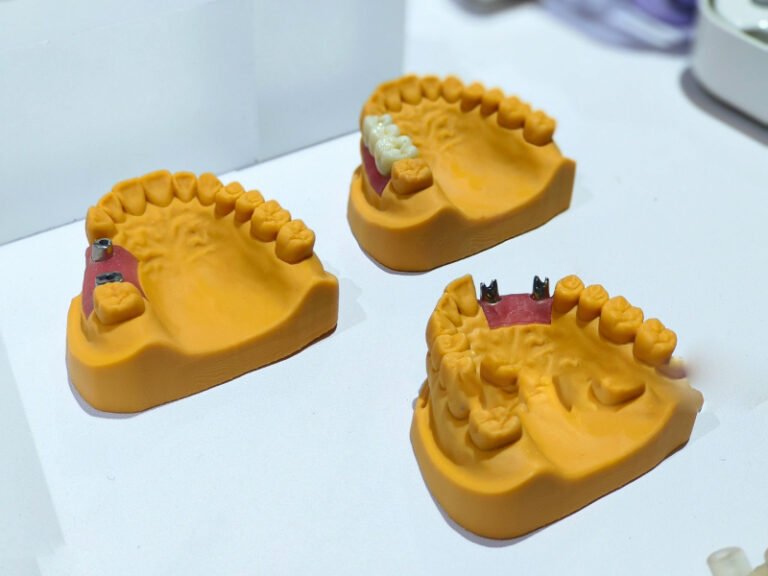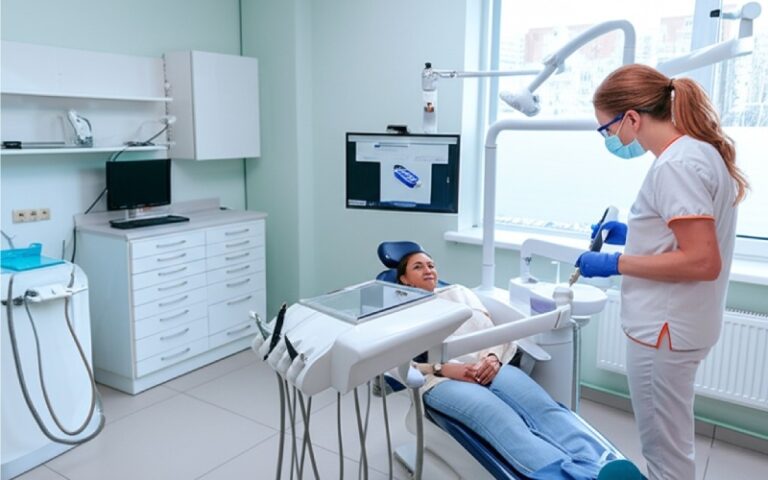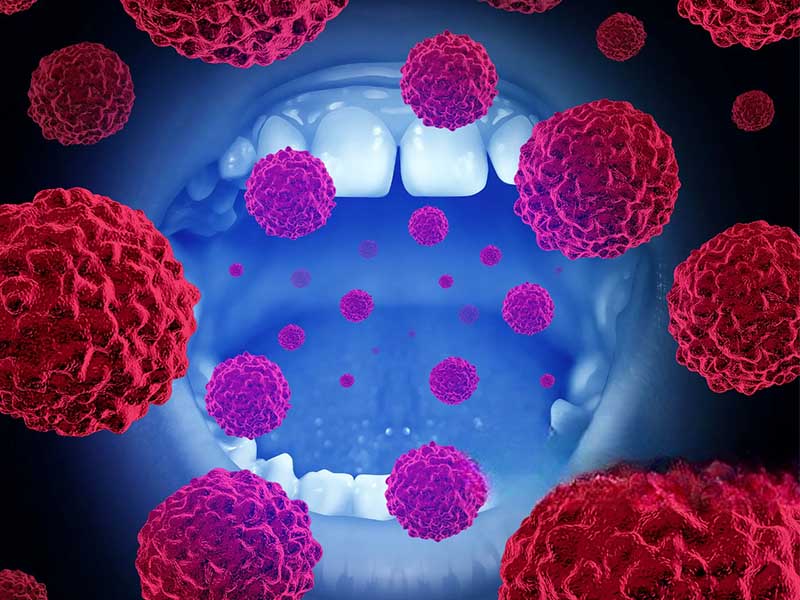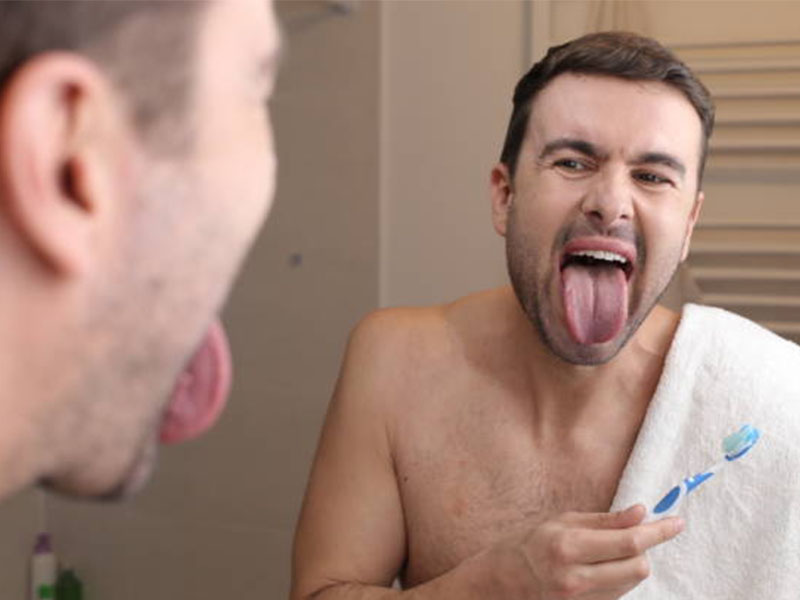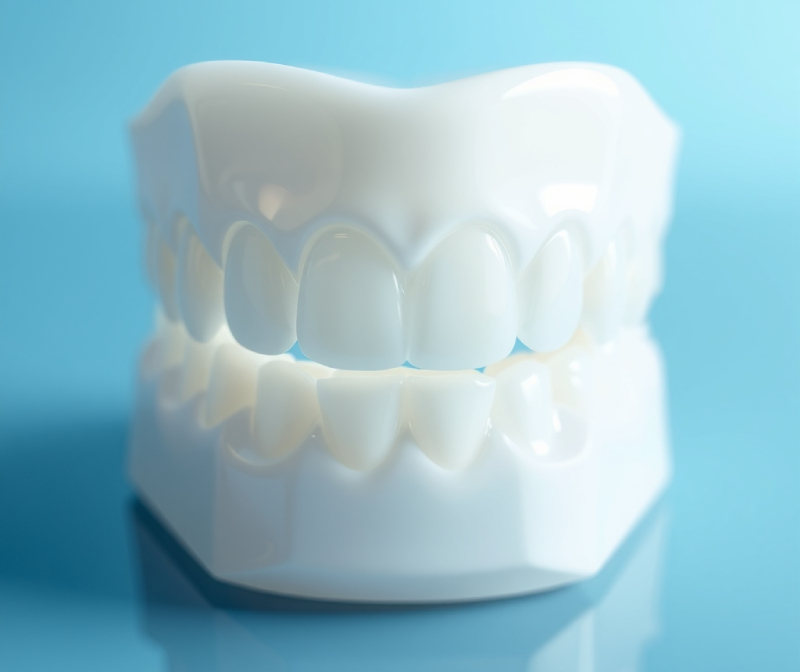
How to Spot and Handle a Cracked Tooth: A Simple Guide
By someone who’s been through more cracked teeth than they’d like.
Table of Contents
Introduction: The Hidden Danger of a Cracked Tooth
Nothing ruins your day like tooth pain. Trust me, I know. Once, I bit into a pretzel and felt a small ache. I brushed it off. Must be something simple, I thought. Maybe I ate something a little cold or had a small cavity. But soon, the pain got weird—it would show up at random, and then go away just as fast. Suddenly, sipping cold water felt like an electric shock, and I couldn’t bite my sandwich without jumping. That’s when I learned about the sneaky world of cracked teeth.
Cracked teeth aren’t always obvious. They can hide under the surface, slowly making things worse if you ignore them. I learned pretty quickly that finding these cracks early matters a lot. If you get them fixed soon, you can keep your tooth and skip out on months of pain—not to mention those big dentist bills if you wait too long. Here’s what I wish I’d known, so you don’t have to learn it the hard way.
Spotting the Signs: Symptoms of a Cracked Tooth
Common Symptoms to Look For
The first thing I noticed was a quick, sharp pain when I bit down. It was strange—it wasn’t always there, and it didn’t stick around.
You might have:
- Pain when you chew or bite: For me, it only hurt when I bit down or let go. That “rebound pain” is actually pretty common.
- Tooth pain from sweet or cold stuff: I started to hate eating ice cream or even chocolate.
- Sensitive to hot and cold: Hot coffee was fine, but a cold salad made me wince.
- Random zaps of pain: Like a “zing” that made me freeze.
- Pain that’s hard to find: I thought it was the top tooth, but the dentist pressed on the bottom, and I almost jumped out of the chair.
- Swollen gum near the tooth: My gum got a little puffier where the crack was.
Thing is, sometimes you can’t see a crack at all. The tooth can look totally normal. That’s what makes it so tricky.
Types of Cracked Teeth
Different Breaks, Different Fixes
My dentist talked me through all the types of cracks. Here’s what you could be dealing with:
- Tiny lines (craze lines): These look like little white lines. They’re only in the top layer and don’t hurt. No fix needed.
- Broken-off point (fractured cusp): This happened to me with a hard almond. The sharp part cracks off, especially around old fillings. It can hurt, but a filling or cap usually does the trick.
- Cracked tooth: This crack goes from the top down. When it’s deep enough, it can hit the nerve and hurt a lot. If you get it fixed soon, a crown can save it. Wait too long, and it might need something more serious.
- Split tooth: I got lucky and never had this, but if a crack splits your tooth in two, it probably can’t be kept.
- Deep crack in the root (vertical root fracture): This one starts at the bottom. Usually, it doesn’t hurt until you get an infection. By then, it’s harder to treat.
Bottom line? A cracked tooth doesn’t always mean it’s a lost cause. But time matters. The sooner you get help, the better.

Why Do Teeth Crack?
Main Reasons
Before it happened to me, I thought you only got cracked teeth if you had an accident. I was only half right.
Here are the top reasons:
- Chewing hard foods: Ice, hard candy, popcorn kernels. That satisfying crunch? Not worth it.
- Grinding your teeth: I didn’t even know I did this until the dentist pointed out the wear on my teeth. Grinding acts like tiny hammers—little by little, it cracks your teeth.
- Big fillings: Old, big fillings can make your tooth weaker and more likely to break. My cracked tooth had two.
- Getting hit in the mouth: Sports falls or accidents can start a crack that gets worse with time.
- Hot and cold too fast: Drinking hot coffee and then eating ice cream? Big swings like that stress your teeth.
- Age and use: Our teeth get little cracks as we get older. It’s normal, but still something to watch out for.
My dentist said, “Teeth are strong, but nothing lasts forever.” I’d say she was right.
How a Dentist Finds a Cracked Tooth
What Happens at the Dentist
Once I realized the pain wasn’t going away, I went to the dentist. It’s not always easy to find a crack—a lot of dentists say it’s one of the toughest things they deal with. Here’s what happened to me (and what you can probably expect):
Looking Carefully
The dentist checks for cracks by looking closely with a bright light or a special magnifier. Mine looked fine at first glance.
Using a dental pick
They use a thin, pointed tool to feel for little snags. It felt weird, but not painful.
Biting test
The dentist had me bite on a blue plastic stick. When I hit the right spot—ouch! That told us where the crack was.
Hot and cold tests
The dentist shot cold air on the tooth. My response showed there might be a crack.
Shine a light
The dentist shined a bright light at my tooth. Cracks sometimes show up as a shadow.
Dye test
They put a safe blue dye on my tooth, then wiped it off. Sometimes cracks pop out this way.
X-rays or 3D scan
Most cracks don’t show up on regular dental x-rays, but changes or infections around the tooth might. In hard cases, dentists use a special 3D scan.
I liked how carefully the dentist checked everything. Finding cracks is a bit like finding a loose board in a floor—it takes patience and good tools.
What to Do About a Cracked Tooth: Treatment Choices
Fixing Your Smile and Stopping Pain
When we found my crack, my first worry was, “Can you fix it?” Good news—a lot of cracks can be fixed. But the longer you wait, the fewer options you have.
Bonding
For tiny cracks or craze lines, the dentist can use tooth-colored glue (bonding) to seal it. I had this on a front tooth. No more pain, no one can tell.
Crown
If the crack is deeper but not all the way to the nerve, a crown (cap) can protect it. I needed this after my tooth’s side broke off. It took two visits and helped right away.
Root canal
If the crack hits the nerve and keeps hurting, a root canal can save the tooth. The dentist cleans out the inside, seals it, and covers it with a crown. A friend of mine had this done, and he’s been fine since.
Pulling the tooth
Some cracks run too deep, or the tooth splits in half. Sometimes, the tooth can’t be saved and has to be pulled. My uncle lost a split tooth this way and now has a fake tooth (implant) there. You can’t even tell the difference.
Splints, partial crowns, or veneers
Some cracks can be held together by joining the tooth to its neighbor (splints) or a covering that goes over part of the broken tooth (onlay). Little cracks on front teeth might get a thin cover (veneer).
Handling pain at home
While you’re waiting, don’t chew on the sore side. Soft foods help. Pain medicine like ibuprofen can take the edge off. A cold pack on the cheek might help swelling. But don’t count on home fixes—see a dentist as soon as you can.
When You Should See a Dentist: Don’t Wait
Knowing When It’s Serious
The biggest thing I learned? Don’t wait. Even small pain can mean bigger trouble underneath. Here’s when you should call a dentist right away:
- Tooth pain that sticks around (even if it comes and goes).
- Sharp pain when you bite or let go.
- You see a crack or a piece broken off.
- Swelling, or a “pimple” on your gums, or any sign of infection.
If you ignore a crack, germs can sneak inside and cause an infection or even cost you the whole tooth. I waited too long once and ended up needing a root canal—something I could’ve avoided.
How to Avoid Cracking Your Teeth
Keeping Your Mouth Safe
My cracked tooth taught me a lot about how to avoid future problems. Small changes make a big difference.
Here’s what helps:
- Skip hard foods: Don’t chew ice, hard candy, or popcorn kernels.
- Wear a mouth guard for sports: Mine’s a lifesaver now.
- Night guard for grinding: Didn’t know I needed it, but a night guard stopped new cracks.
- Brush and floss daily: Healthy teeth are tougher and less likely to have big fillings that break.
- Get regular checkups: My dentist spots small problems before I feel them.
- Replace old fillings: Big, old fillings can weaken teeth. Sometimes a crown is better.
Keeping your stress down can also help if you grind your teeth at night. Taking care of yourself really does take care of your teeth, too.
Conclusion: Take Care of Your Teeth
If I could do it over, I would’ve gone to the dentist sooner. Pay attention to those little warning signs. Getting your tooth checked early can save you pain, money, and trouble.
If you feel any of the things I mentioned, don’t wait. See your dentist and ask questions. It’s always better to be safe.
Saving a tooth comes down to noticing small things early and acting before they become big problems. Your mouth will thank you, trust me.

